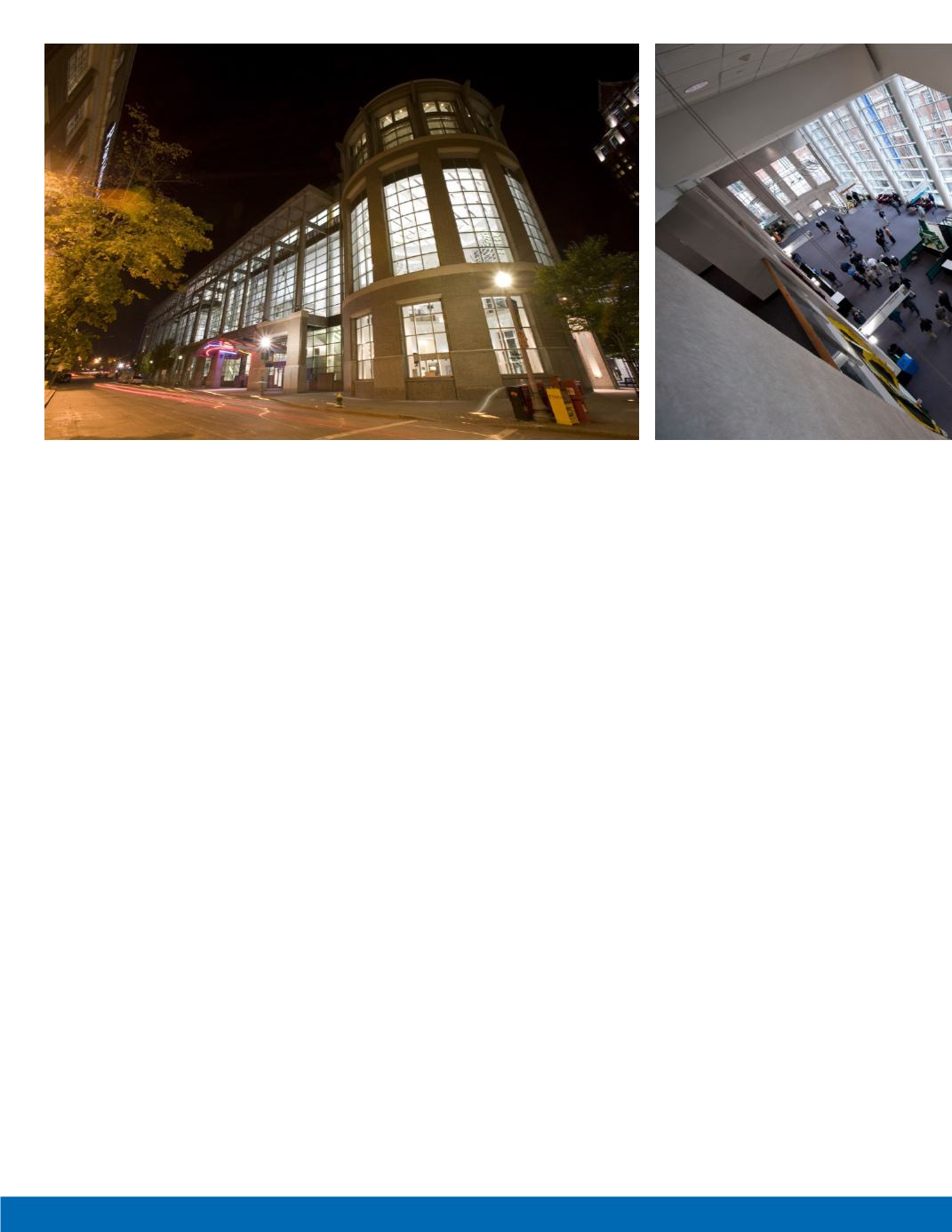
4
Business View Magazine
Westin with the provision the buyer would have to de-
velop an additional 200 rooms on the site, so that the
hotel would then be a better headquarter property for
the Convention Center. The Authority sold the hotel and
the 200 rooms were subsequently developed. Next,
the Convention Center Authority purchased and re-
habbed the now-named Dunkin’ Donuts Center, next
door. So, now, we had the parking facility, the Conven-
tion Center, and the Dunkin’ Donuts Center. They were
both connected to the garage, which was connected
to the hotel, which was connected to the Providence
Place Mall in a nice package.”
McCarvill says that, as a “child of the Legislature,”
the Convention Center Authority, which was formed in
1987, had the ability to sell the bonds that funded the
entire project. “The annual debt service on all those
bonds is secured through a lease with the State of
Rhode Island,” he says. “The debt service is funded by
the annual appropriation and any shortfall would also
be coming from an annual appropriation. The capital
money that’s needed for the facility comes from the
Rhode Island Capital Asset Protection, which is a man-
date within the state that says that a portion of the
state’s budget has to go for the maintenance and re-
newal of state-owned properties.”
Over the course of a year, approximately 1,000 people
work within the complex. “The core staff is south of a
hundred, and that includes the garage, the Convention
Center, and the Dunk,” McCarvill says. “Food service
workers are going to come when you have food; the
laborers, electricians, and people who set up shows
are going to come when shows are here.”
The types of shows the RICC has showcased recently
include cheerleading and dance competitions. “We’ve
really been successful with that niche market,” Mc-
Carvill says. “But we also do scientific and medical;
we do warehouse conferences; any state associations
that are not associated with another state. As long as
it fits – we go after it. Between the two facilities, we do
a little over 300 events a year.”
Regarding the RICC’s competition for business, McCa-
rvill states that it mainly comes from other cities of a
similar size, such as Pittsburgh, Columbus, and Balti-
more. But he doesn’t consider it a problem, should a


